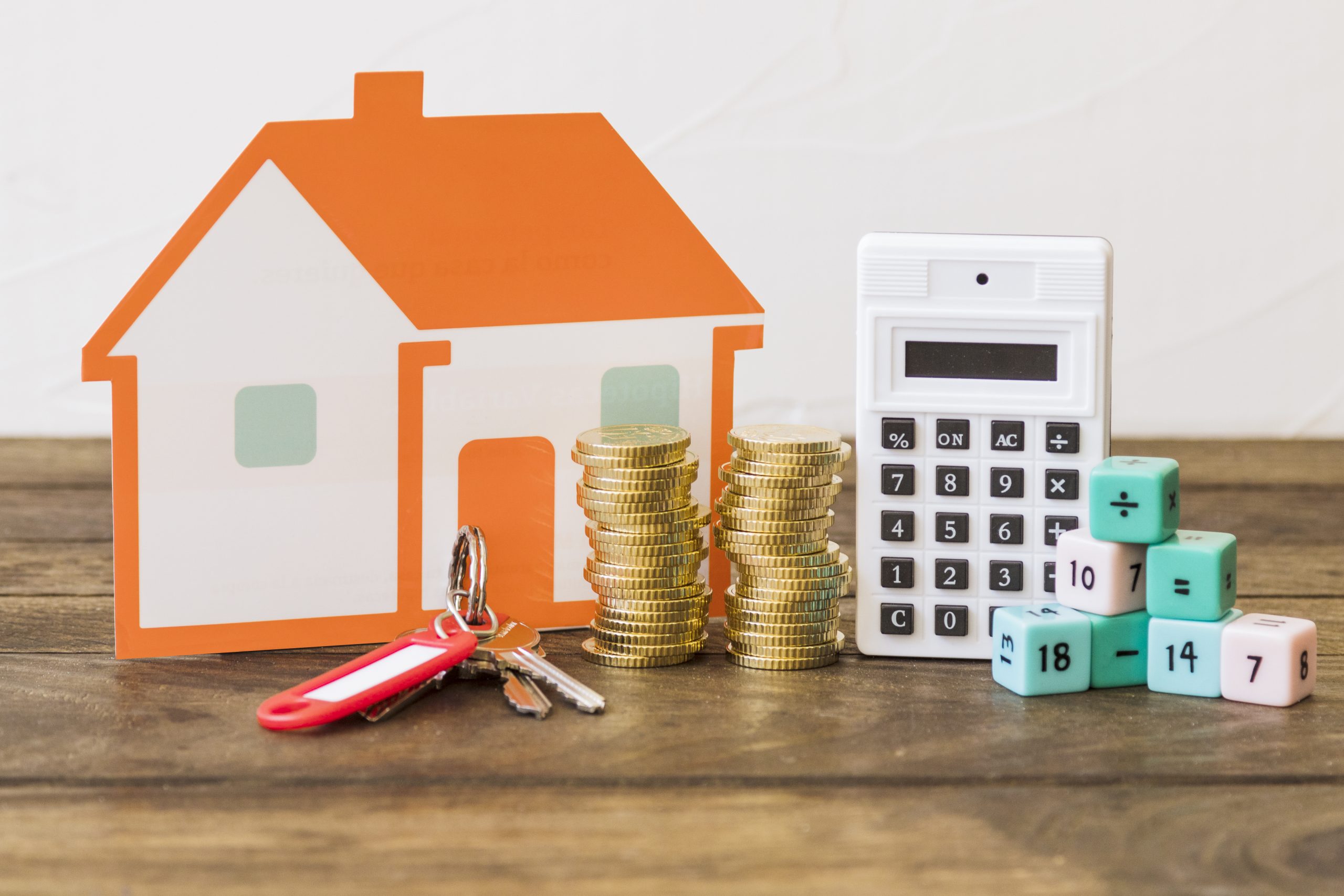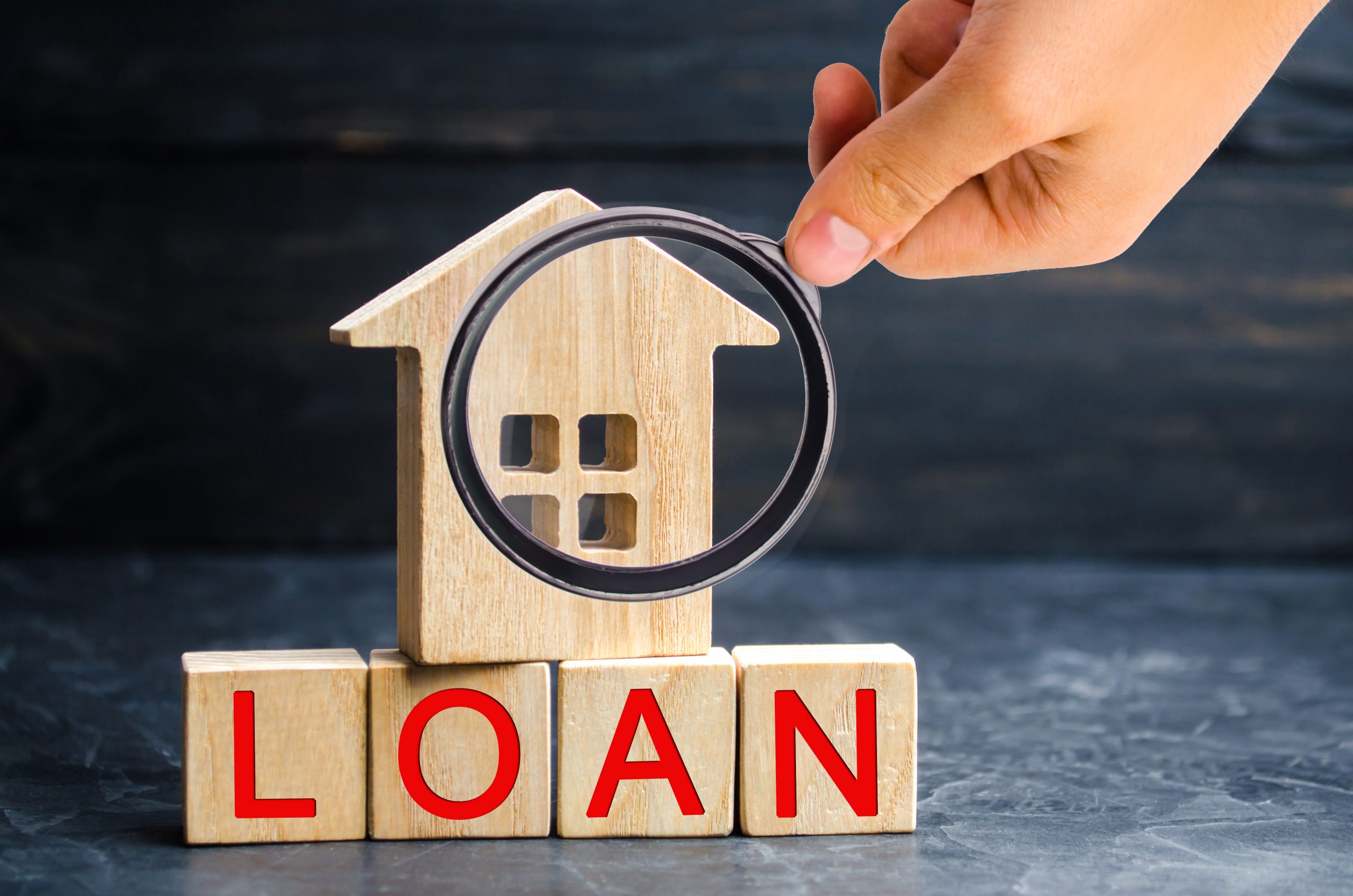What You Need to Know About Principal Amount in Home Loans
When diving into the world of home loans, understanding key financial terms is crucial. One such term is the “principal amount.” Knowing how much you borrowed is crucial for handling your mortgage, making smart money choices, and saving for the future.
Understanding the principal amount can help you stay on top of your home loan payments. It can also assist you in making informed choices about your finances. Ultimately, knowing the principal amount can lead to long-term savings. This blog will cover everything you need to know about the principal amount in home loans.
How the Principal Amount Affects Your Home Loan
Monthly Payments
The principal amount directly influences your monthly mortgage payments. Your payments are typically divided into two parts: principal and interest. In the initial years of your loan, a larger portion of your payment goes toward interest, with a smaller portion going toward reducing the principal. Over time, as the principal decreases, the interest portion of your payment decreases, and more of your payment goes toward the principal.
Interest Calculations
Interest on a home loan is calculated based on the outstanding principal amount. The higher the principal, the more interest you will pay. Reducing your principal faster through additional payments can lower the total interest paid over the life of the loan.
Loan Tenure
The principal amount also affects the loan tenure. Generally, larger principal amounts may result in longer loan terms unless you can afford higher monthly payments. Conversely, a smaller principal might mean a shorter loan tenure if you choose to keep your monthly payments at a reasonable level.
Strategies to Manage and Reduce Your Principal Amount
Extra Payments
Making extra payments toward your principal can significantly reduce the amount of interest you pay over the life of your loan. Even small additional payments can make a big difference over time.
Biweekly Payments
Instead of making monthly payments, consider biweekly payments. This approach results in one additional full payment per year, which can help reduce the principal faster and save on interest.
Lump-Sum Payments
If you receive a bonus, tax refund, or any unexpected windfall, consider putting that money toward your principal. Lump-sum payments can significantly reduce your principal and the amount of interest paid over the life of the loan.
The Benefits of Reducing Your Principal Amount
Lower Interest Costs
Reducing your principal amount means you’ll pay less interest over the life of the loan. This can save you thousands of dollars and help you pay off your loan faster.
Increased Home Equity
As you pay down your principal, you build equity in your home. Higher equity provides financial flexibility and can be beneficial if you decide to sell your home or take out a home equity loan in the future.
Financial Peace of Mind
Knowing that you’re reducing your debt faster can provide significant peace of mind. It puts you on a faster track to owning your home outright and can free up funds for other financial goals.
Conclusion
Understanding the principal amount in a home loan is fundamental to managing your mortgage effectively. By knowing how the principal affects your monthly payments, interest calculations, and loan tenure, you can make strategic decisions to reduce your principal faster.
Employing strategies like extra payments, biweekly payments, and lump-sum payments can help you save money on interest and build equity in your home more quickly. Ultimately, managing your principal amount wisely will lead to a more financially secure and fulfilling homeownership experience.









